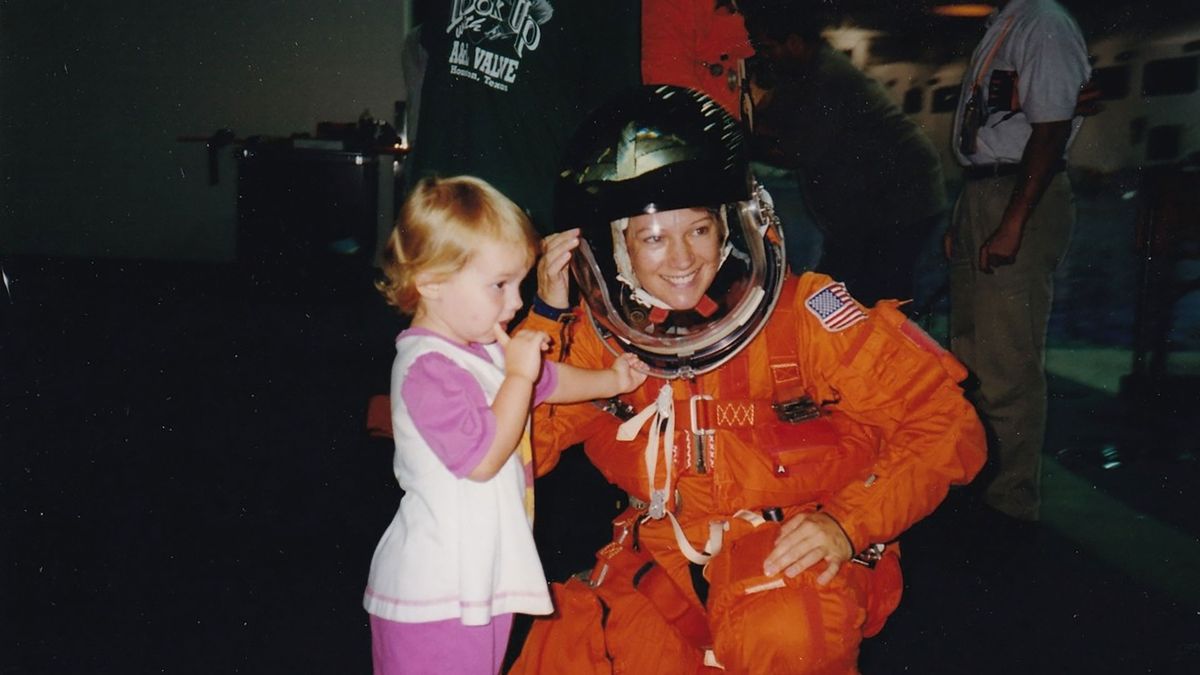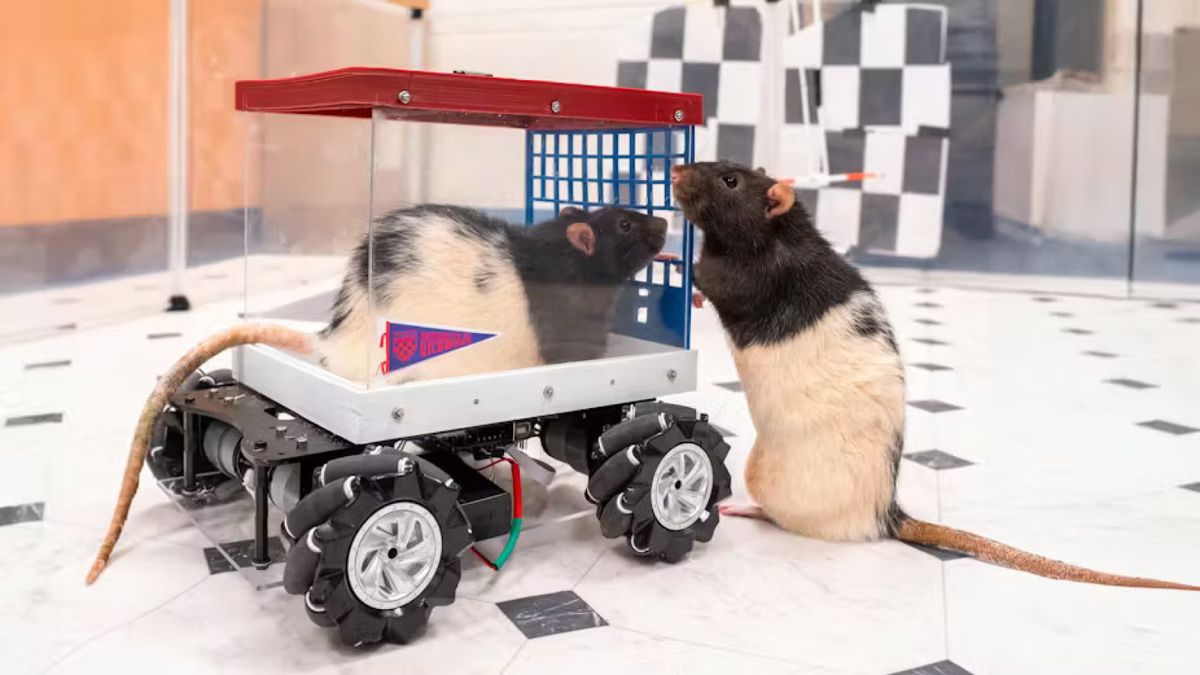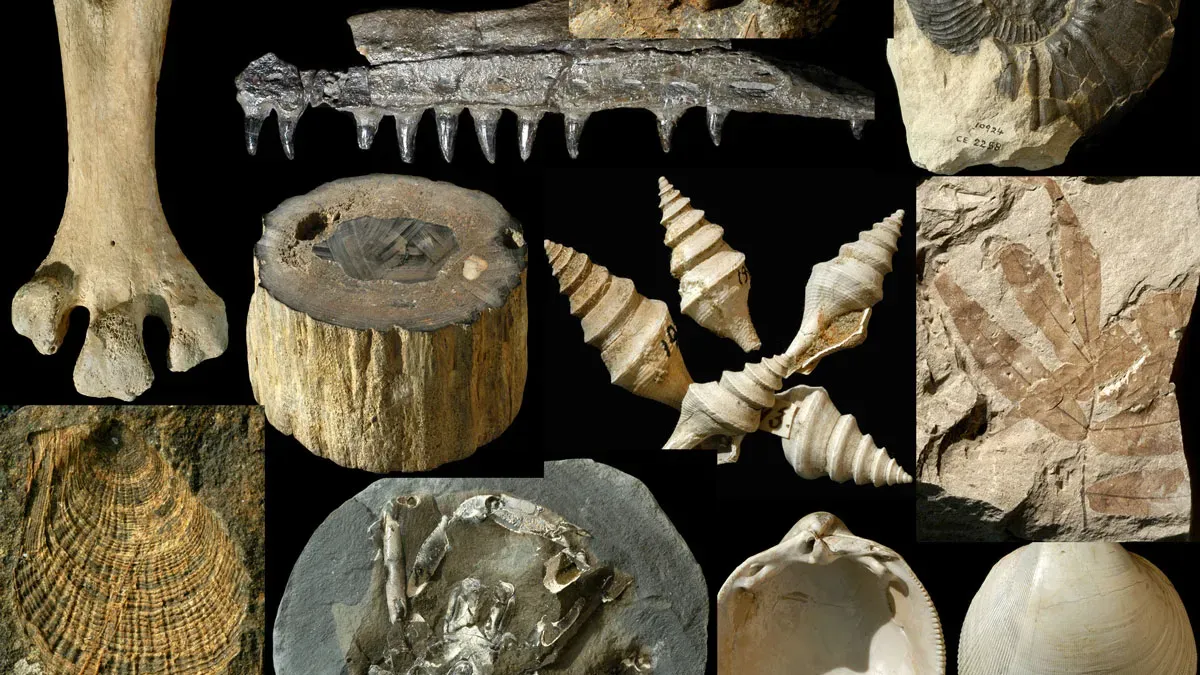‘The Space Gal’ Emily Calandrelli opens up about her coming Blue Origin flight (interview)
If you’ve always wanted to go to space, this story is for you.
Science communicator and author Emily Calandrelli, host of the Netflix show “Emily’s Wonder Lab,” shared recently that she’s going to fly to suborbital space with Blue Origin. At the time of this article, her mission’s target launch date has not been announced, but Space For Humanity shared in a press release that Calandrelli will fly as a Citizen Astronaut Program (CAP) Ambassador for the nonprofit organization.
Space.com had an opportunity to talk with Calandrelli, known as “The Space Gal,” about how her early passion as an engineer led to a career sharing the wonders of STEAM (science, technology, engineering, art and math) and space across social media, on several TV shows and as a public speaker and author. Calandrelli also shared how she hopes her journey to space will inspire not just kids but moms as well, showing that you can achieve your dreams at any age, no matter where life takes you.
The following interview has been edited for length and clarity.
Related: ‘Wonderlab’ host Emily Calandrelli will fly to suborbital space with Blue Origin
Space.com: Why don’t we start off and talk a little bit about what got you into space. I know you have a background in a STEM career, but you have such a deep-rooted passion for space.
Emily Calandrelli: It’s funny — I have a little bit of a different story than some of my peers throughout my career. I actually didn’t really see myself in science or space when I was a kid; I was not one of those kids who talked about wanting to become an astronaut their entire lives. It really wasn’t until I got to college that I found this love and passion, because, when I was a high school senior, I googled all the majors that one could major in in college, looked at their starting salaries and that started my interest in engineering. I found that engineers, on average, made the most money after a four-year degree. My passion when I was a kid was being financially stable, and so that was basically the extent of my dreams as a kid. I went into engineering and aerospace engineering thinking, “Oh, I’m going to hate this, it’s going to be so hard, I’m not going to have a social life, but I’m going to end up with a good job.” When I got there [to college], I fell in love with it, and my passion ignited there.
Space.com: You have such an impressive following across different social media platforms and have been the host of shows such as “Xploration Outer Space” and “Emily’s Wonder Lab.” What made you want to venture out into being more in the public eye versus doing things behind the scenes, as most engineers do?
Calandrelli: When I was graduating from the Massachusetts Institute of Technology (MIT), I got a call from a production company that asked if I wanted to be the host of a new space TV show. I had never done anything in television before, but they had found me because I was included in a few commercials, brochures and articles from my undergrad. At first, I wasn’t so sure if I’d be good at being a TV host. It was never something I sought out to do, but I thought, “I’ll give it a season, and if it doesn’t get renewed or if I’m not good at it, then I’ll have four degrees to fall back on.” But we finished the season, I really enjoyed it, and the show kept getting picked up year after year after year. I took a chance in this field a decade ago and have just been running with it ever since.
Space.com: I think you brought up a good point — that there were not a lot of women that pursued fields in engineering and other STEM careers decades ago. Did you ever find a point where you were a little nervous or hindered, or did you always remind yourself that you want to be different, somebody that can excel in this, even though most of your peers are male?
Calandrelli: It is something quite unique to walk into a classroom and be one of two girls in a 50-person class. That is intimidating in itself, on top of the fact that the coursework that you’re taking is already intimidating. But for me, you get used to it really quickly. I think any woman who’s been in a male-dominated field knows that you just find a way to survive. I only had a handful of female friends in engineering throughout college, but they’re still some of my best friends today. You hold on to them because, when you go through an experience like that together, it just bonds you for life. I think for me, it was something that I had always wanted to succeed [in], and the hardships of being a little bit of an outsider didn’t deter me, because I had a goal in mind. I think anyone who has ever felt a little different in their field can relate. When you are passionate about what you do, you’re not going to let anything stop you.
Space.com: And here we are, having the conversation now that you’re going to space — what an accomplishment! Let’s talk about the process to get here. When most people think about becoming an astronaut, you have to go through the NASA astronaut program. Did you initially apply to that? Or were you always focused on taking the private sector approach to get to space?
Calandrelli: For me, the commercial astronaut path has always been really intriguing, because I feel like it’s opening up space for more people and making space exploration more accessible to a more diverse group of people. The cadence of the women that are going to space now in the private space age is just so much higher than it was when we were relying on traditional methods. I’m so excited to bring the people who follow me on the journey with me; something that is really important is to make sure that the people who have helped me get to where I am today, the people who follow me online, get to be right there with me the entire way.
Related: Learn about space with these awesome NASA education videos
Space.com: Who would you say are some of the people or groups behind you for your space mission? And how long did it take you to put everything together?
Calandrelli: I’m really grateful to some of my sponsors and partners who are helping me secure my flight to space. One of them is the West Virginia based nonprofit Wing2Wing. Through my partnership with them, I’m highlighting the work that Marshall University is doing to help students graduate from their university debt-free. Accessible education is incredibly important. It took a few years to identify the right partners for this mission, but I’m incredibly grateful to Brad and Alys Smith over at Wing2Wing. Their goal is to unlock economic and lifestyle prosperity of West Virginians for all through access to education, entrepreneurism and the environment. It’s West Virginians lifting up other West Virginians, and my dream would not be possible without them.
Space.com: What do you hope young women, girls and kids watching you on this mission will take from it?
Calandrelli: It’s a few different people I am hoping they see in me, especially the people and kids from West Virginia, as I’ll be the second West Virginia woman in space. Any kid in Appalachia, especially West Virginia, memorizes the names of the people who have done cool things. We memorized names like Jennifer Garner, Steve Harvey, Homer Hickam, Brad Paisley, Chuck Yeager, Don Knotts, Lady Gaga’s mom; we cling on to somebody who’s an example of what we might be able to do one day. I hope to just be another name in that Rolodex of West Virginians. I hope they see me and think, “If she could do it, then I can do it.” Also, for any little girl, being able to add a name to that growing list of incredible women who have gone to space, I hope to be someone that they can see themselves in. And finally, I hope that moms can see themselves in me and take that as permission to hold onto their own identity, dreams and passions — even after having children.
Space.com: Off that previous question, I know there are a lot of moms out there that can relate to your story. What would your specific advice be to those women? It sounds like when you keep yourself healthy and motivated, it positively benefits your children as well.
Calandrelli: I would just say taking time for yourself and your own dreams does make you a better mother, because you’re setting an example for your kids and giving your children, especially your little girls, permission to do the same when and if they have kids themselves. And regarding my advice for kids: The idea of failure when you’re growing up feels like such a scary thing, and sometimes girls especially will avoid hard challenges that they aren’t totally sure they’ll succeed in. They have this binary idea that if you fail, you’re not smart, and if you succeed, then you’re smart. But as soon as you fail, you’re no longer smart; you internalize it. If we can encourage all kids to see failure as something that is an opportunity to learn and doesn’t reflect on your own identity, then that can lead to so many wonderful things, because you’re willing to try hard things, fail and then keep going. The secret to so much success in life is to be okay with failure and have a good, healthy, positive relationship with failure.
Space.com: That’s wonderful advice and so great to hear. Let’s end with: What are you most excited for about going to space, and perhaps a fun fact you’d like to share with our readers that we might not know about you?
Calandrelli: First, I’m looking forward to the view. I can’t wait for it. Second, I can’t wait to hug my kids and husband after I’ve safely returned. I can’t wait for that experience; that’ll be really magical. And on that note, one thing that I find to be a really fun personal anecdote — my husband and I’s love story as I find it to be nerdy and super fun. We met at a NASA internship at NASA Ames in Mountain View [California], and he taught me how to solve a Rubik’s Cube. I thought that was very romantic, and we had our first kiss on the beaches of Cape Canaveral waiting for a space shuttle launch. We are both aerospace engineers, and so for us, this little space love story just keeps reaching new heights, which has been quite a fun adventure for the both of us.
Source link



